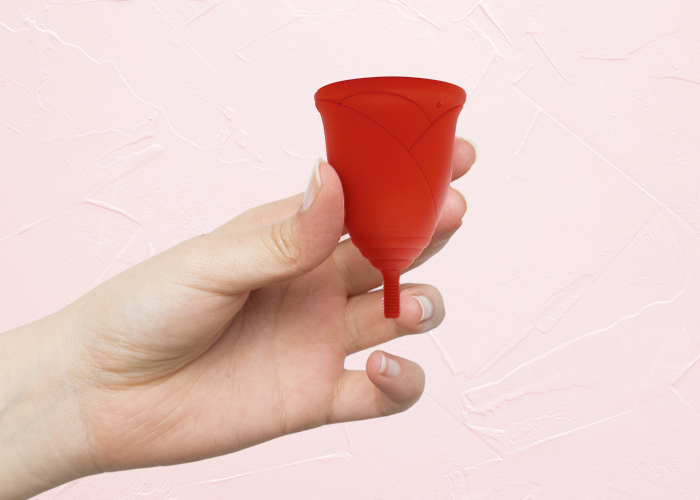
All of us are now concerned about the health and the effect of the environment on our lifestyle. To maintain hygiene and clean lifestyle is the main issue. To keep the hygiene issue in the mind, women now prefer to use menstrual cups instead of sanitary napkins and tampons because it can provide comfort, hygiene and reliability.

Here we are showing some easy and simple steps to make your experience more comfortable use of Sileu cup.
Step 1: How to fold it
You can fold this cup in many ways. According to the first option, you can fold it like U shaped. Press both sides of the cup, and then fold it in half again. It will form a U shape and you can easily use it.
There is another way for the Sileu cup. Place your finger on the rim of the cup and then push it inside. It will take a triangle look. This shape makes it easier to insert in your vagina.
Step 2: How to hold it
Hold the Sileu cup on the folded side and take it between your thumb and forefinger. Keep the curved sides facing outside so that the narrow side is facing to the palm. But before holding the menstrual cup, don’t forget to wash your hands properly.
Step 3: How to insert the cup
The first thing you have to do is to find the cervix and appropriate position to insert the cup. To find the position easily, you have to sit comfortably and relax all cervical muscles. Separate the labia and find the opening of the vagina and then place the curved side of the cup horizontally and push it into the vagina not more than half an inch. After inserting the cup top should pop open. Don’t push it further because it may be difficult to remove.
 Step 4: Seal it and rotate properly
Step 4: Seal it and rotate properly
After inserting the Sileu cup, rotate it about 45 degrees. Don’t hold the stem but hold the base for rotating the cup. Rotate easily and comfortable so that the cup top open properly.
Step 5: How to remove
Ii it is placed properly inside the vagina, then it will be removed properly. Hold the stem and pull it outside. Pinch the Sileu cup and continue to pull it out. For removing easily, you should sit comfortably to relax vaginal muscle like you did it during inserting. After removing, empty the cup and wash it with lukewarm water and sterilizer.
When to wash:
You should remove the cup after a maximum of twelve hours. You can detail how to wash cups from the following link:
As per requirement. you need to change the cup twice a day. You should empty it in the morning and in the evening. For the first and second days of the cycle, you need to empty it thrice a day because, at this time, blood flow is high than other time. Emptying in the morning would be wise because in the morning, the cup should be full of fluids and you can pass the day with a fresh Sileu cup.
Keep it clean and ensure hygiene. We can assure you that if you start using cups in the menstrual cycle, you will never go back to another product. So enjoy your monthly and pass it in ease.


 This is a condition that affects many women and can end up interfering with a couple’s sex life. Additionally, many may wonder, “Am I doomed to use sanitary pads for the rest of my life because I can’t wear a menstrual cup?”
This is a condition that affects many women and can end up interfering with a couple’s sex life. Additionally, many may wonder, “Am I doomed to use sanitary pads for the rest of my life because I can’t wear a menstrual cup?”
 Free bleeding, though not a new practice, has become a recent trend. It consists of letting our menstruation flow, bleeding freely and breaking the taboos and mental barriers that revolve around the period. Generally, it consists of not using intimate hygiene items such as pads, tampons, and menstrual cups. Some women have even learned the art of holding their blood within and, when ready, expelling it whenever they want.
Free bleeding, though not a new practice, has become a recent trend. It consists of letting our menstruation flow, bleeding freely and breaking the taboos and mental barriers that revolve around the period. Generally, it consists of not using intimate hygiene items such as pads, tampons, and menstrual cups. Some women have even learned the art of holding their blood within and, when ready, expelling it whenever they want. But, the key question is: Can I practice free bleeding without staining my underwear? Can all girls practice it?
But, the key question is: Can I practice free bleeding without staining my underwear? Can all girls practice it? Although the main idea of this movement is to break the excessive importance given to someone who notices our menstruation, it is natural that there are many who, although also desiring to eliminate taboos, do not want to stain their clothes each day of their period.
Although the main idea of this movement is to break the excessive importance given to someone who notices our menstruation, it is natural that there are many who, although also desiring to eliminate taboos, do not want to stain their clothes each day of their period.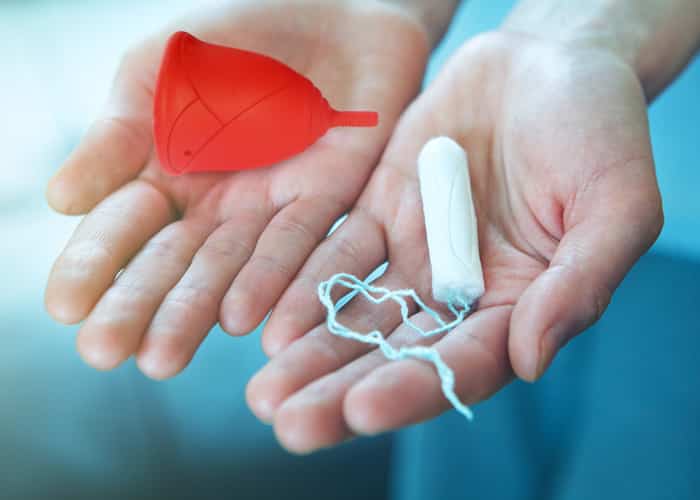
 According to a study by the University of Barcelona called “The Revolution of the Menstrual Cup” conducted for women of different ages, there are “motivators” that lead women to use menstrual cups and barriers that keep them from switching to them.
According to a study by the University of Barcelona called “The Revolution of the Menstrual Cup” conducted for women of different ages, there are “motivators” that lead women to use menstrual cups and barriers that keep them from switching to them.


 looking for on the Sileu blog or in the videos, there is always an active chat on the official Sileu page, which allows you to ask all kinds of questions at any time of the day. A Chatbot is a program that simulates a conversation with a person by providing automatic responses to messages or questions asked by the user. In addition, ChatBot is constantly renewing and learning in order to automatically respond to new frequently asked questions, so you won’t have to wait long to resolve your concerns. It is also designed to identify keywords from Sileu Blog articles, so you can quickly find what you’re looking for. It appears in the corner at the bottom right of each page on the Sileu website. If for some reason our Chatbot runs out of resources or doesn’t have an answer, a human is notified to take its place and answer your questions promptly. All conversations are recorded to be analyzed and for reprogramming our Chatbot to respond quickly whenever the user needs it.
looking for on the Sileu blog or in the videos, there is always an active chat on the official Sileu page, which allows you to ask all kinds of questions at any time of the day. A Chatbot is a program that simulates a conversation with a person by providing automatic responses to messages or questions asked by the user. In addition, ChatBot is constantly renewing and learning in order to automatically respond to new frequently asked questions, so you won’t have to wait long to resolve your concerns. It is also designed to identify keywords from Sileu Blog articles, so you can quickly find what you’re looking for. It appears in the corner at the bottom right of each page on the Sileu website. If for some reason our Chatbot runs out of resources or doesn’t have an answer, a human is notified to take its place and answer your questions promptly. All conversations are recorded to be analyzed and for reprogramming our Chatbot to respond quickly whenever the user needs it.

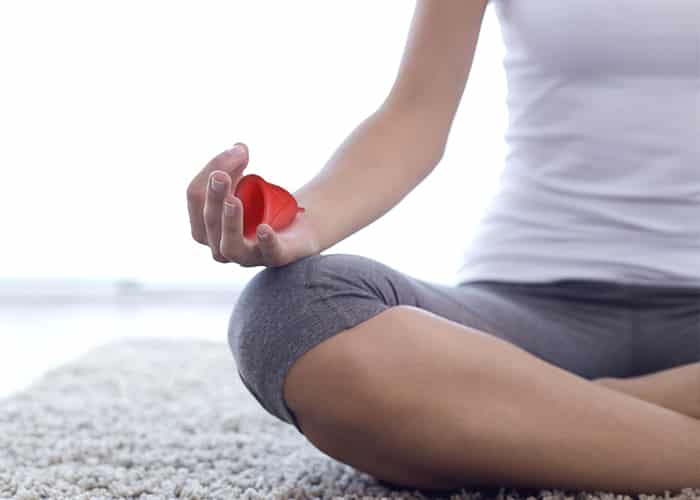
 If you’re someone who’s not largely affected by your period, congratulations! You can peacefully continue your routine without any fear. Additionally, exercising helps you release very positive endorphins for your body, so you will certainly feel better and more eager.
If you’re someone who’s not largely affected by your period, congratulations! You can peacefully continue your routine without any fear. Additionally, exercising helps you release very positive endorphins for your body, so you will certainly feel better and more eager. According to the philosophy of yoga, during menstruation the energies must flow down, so you must choose positions that favor this flow as well as avoid inverted postures and those that compress the abdominal area.
According to the philosophy of yoga, during menstruation the energies must flow down, so you must choose positions that favor this flow as well as avoid inverted postures and those that compress the abdominal area.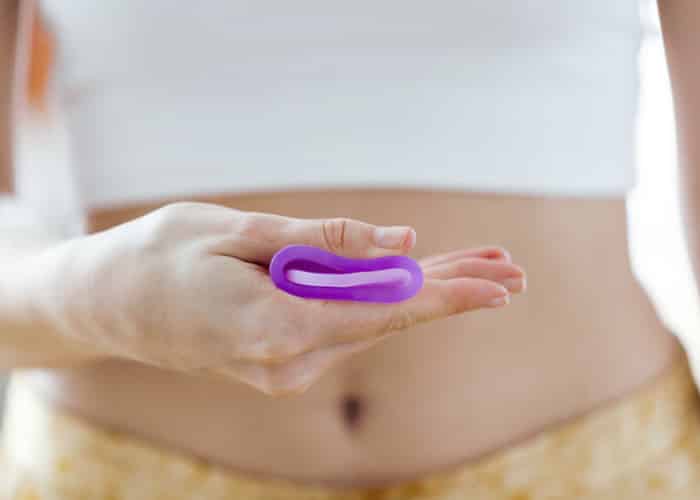
 This is the most common and simple way to fold your cup. It consists only of folding the cup from the edge so that it forms a letter C to be inserted in this way. It’s a very easy way to fold and ensure that the cup opens effectively, though perhaps it’s not the most comfortable for those who are new to the world of menstrual cups.
This is the most common and simple way to fold your cup. It consists only of folding the cup from the edge so that it forms a letter C to be inserted in this way. It’s a very easy way to fold and ensure that the cup opens effectively, though perhaps it’s not the most comfortable for those who are new to the world of menstrual cups. This is one of the most effective ways to fold the menstrual cup, especially for first-time girls. It makes placing the cup easier because it forms a slightly more pointed angle that facilitates the process.
This is one of the most effective ways to fold the menstrual cup, especially for first-time girls. It makes placing the cup easier because it forms a slightly more pointed angle that facilitates the process. This method of bending reduces the diameter of the cup as much as possible until it’s almost like a tampon; however, this is more feasibly done in cups with greater flexibility like our Sileu Bell model. Folding it in this way makes positioning much easier, although you should always check that the cup opens effectively.
This method of bending reduces the diameter of the cup as much as possible until it’s almost like a tampon; however, this is more feasibly done in cups with greater flexibility like our Sileu Bell model. Folding it in this way makes positioning much easier, although you should always check that the cup opens effectively. This is another useful way to bend the menstrual cup, which, similar to the V-shape, makes one of the ends of the edge of your cup more pointed and thus easier to place. Folding it like this, the edge of your cup will form a number 7.
This is another useful way to bend the menstrual cup, which, similar to the V-shape, makes one of the ends of the edge of your cup more pointed and thus easier to place. Folding it like this, the edge of your cup will form a number 7.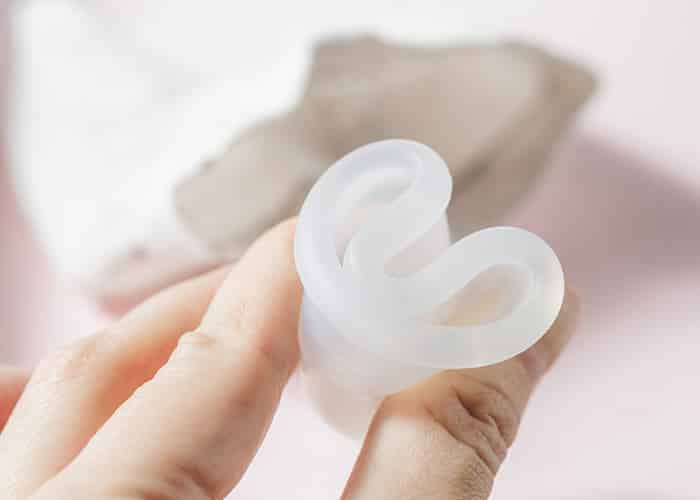
 Wash your hands thoroughly: before proceeding to remove your menstrual cup, you should remember to wash your hands thoroughly with soap and water. Just like when you put it in, hygiene is vital to prevent infections in your intimate area.
Wash your hands thoroughly: before proceeding to remove your menstrual cup, you should remember to wash your hands thoroughly with soap and water. Just like when you put it in, hygiene is vital to prevent infections in your intimate area. Take a comfortable position: whether squatting, lying, or sitting. Choose whichever way is most comfortable for you so that your vaginal muscles are relaxed.
Take a comfortable position: whether squatting, lying, or sitting. Choose whichever way is most comfortable for you so that your vaginal muscles are relaxed.
 Remove the menstrual flow: When you have the cup in your hands, hold it by the stem again and remove the flow. Wash it with neutral soap and water, and you’re ready to use it again. Otherwise, sterilize it and save it for the next occasion.
Remove the menstrual flow: When you have the cup in your hands, hold it by the stem again and remove the flow. Wash it with neutral soap and water, and you’re ready to use it again. Otherwise, sterilize it and save it for the next occasion. Let’s say you’re at work, in a restaurant bathroom, or at a beach. Many of those bathrooms have a separate sink and toilet area. Also, lying down in a public bathroom isn’t convenient. So how can I take out my menstrual cup in this situation?
Let’s say you’re at work, in a restaurant bathroom, or at a beach. Many of those bathrooms have a separate sink and toilet area. Also, lying down in a public bathroom isn’t convenient. So how can I take out my menstrual cup in this situation?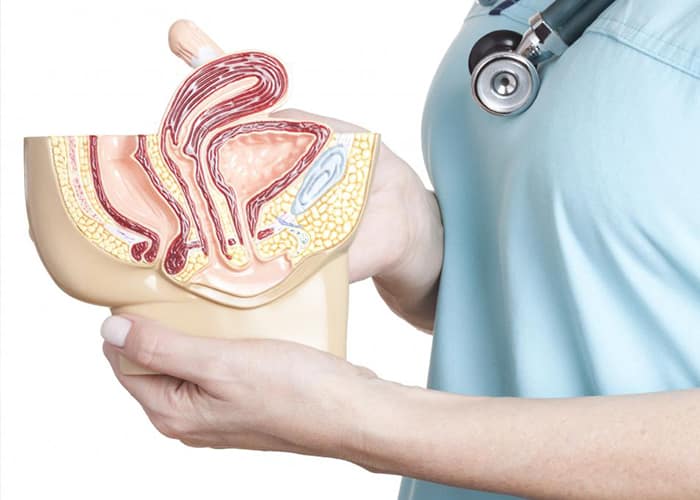
 Before defining what the uterus in retroversion is, we must clarify what the normal uterine anatomy is (also known as a uterus in anteversion).
Before defining what the uterus in retroversion is, we must clarify what the normal uterine anatomy is (also known as a uterus in anteversion). The way to determine this is through a gynecological exam. Usually, on your first visit, the gynecologist can determine if your uterus is retroverted.
The way to determine this is through a gynecological exam. Usually, on your first visit, the gynecologist can determine if your uterus is retroverted.